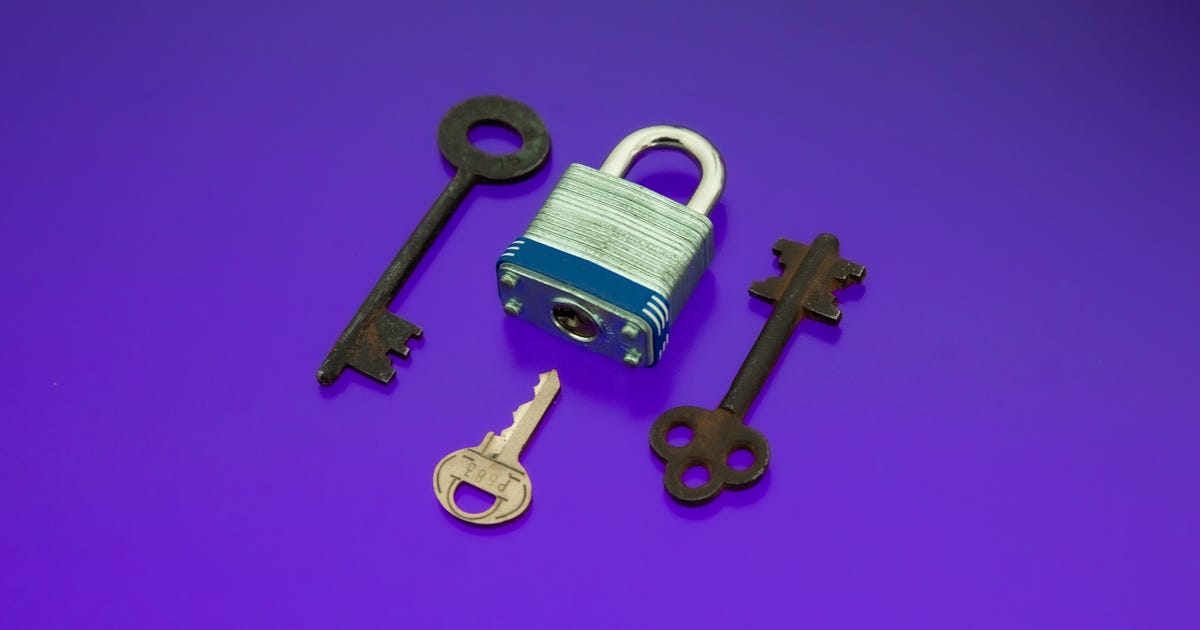Tag: Ways
-

10 ways to speed up your internet connection today
PeopleImages/Getty Images Are you suffering from slow internet speeds at home? Also: How to convert your home’s old TV cable into powerful Ethernet lines Connectivity drops, bottlenecks, lagged content streaming and downloads, and slow speeds are all common problems with home internet services — and it may not be the fault of your internet service provider…
-

Wi-Fi Security Tips: 10 Ways to Avoid Home Network Hackers
This story is part of Home Tips, CNET’s collection of practical advice for getting the most out of your home, inside and out. Your home Wi-Fi network might not be as safe as you think. In 2021, internet crime cost Americans more than $6.9 billion. While phishing and scams contributed to the losses, personal data breaches were also…
-

5 Ways To Increase Your Business enterprise With Know-how
“I’d like my company to continue to be stagnant.” No entrepreneur, owner, or CEO at any time uttered those words. You can be absolutely sure none at any time will, possibly. That’s because corporate advancement is normally an overarching aim for any group. Increasing your company will come with its difficulties, of program, like figuring…